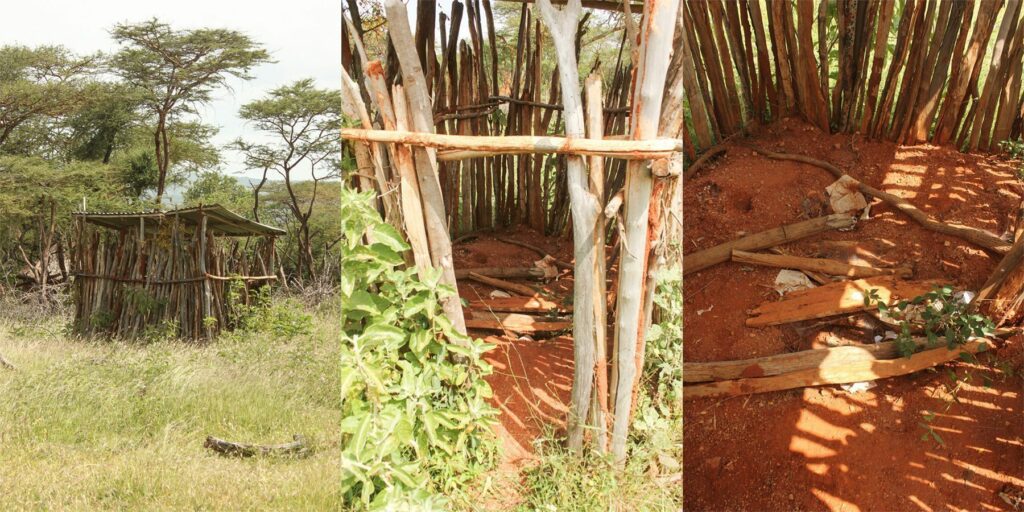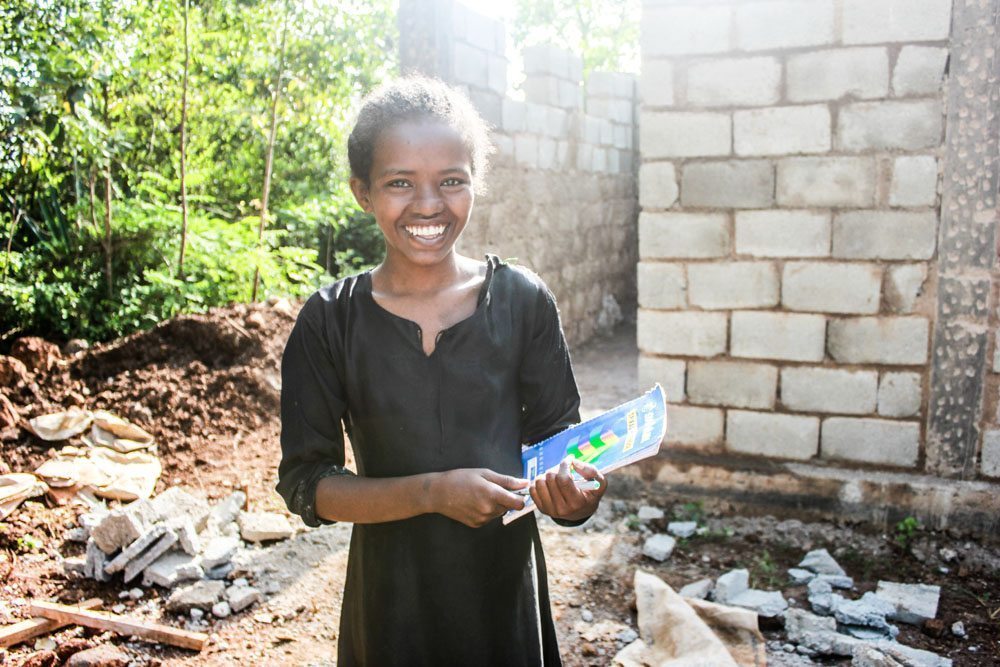It’s the International Day of the Girl! Let’s talk about that thing no one wants to talk about.
“Empowerment of and investment in girls…are critical for economic growth, including the eradication of poverty and extreme poverty…and in promoting and protecting the full and effective enjoyment of their human rights.” — United Nations Resolution 66/170, December 19, 2011

Girls at latrine
The crimson wave, Aunt Flo, that time of the month, the red tide.
It’s something most people don’t want to talk about, but on the International Day of the Girl, we’re going to talk about it, because the connection between girls’ education and sanitation is bigger than you think.
Like most Canadian girls, when I first got my period, I never worried about my life changing forever—apart from the whole becoming a woman thing. Was it a fun experience? No. Was it traumatic? Only that one time at the beach. Did I ever even consider how it might affect my attendance at school? Never.
Then I moved to Ethiopia, where pads, tampons and all other female sanitary products are an expensive commodity—even in buzzing capital of Addis Ababa. Foreign women literally arrive in the country armed with a year’s worth of stock.
So in tiny rural villages like Yadot, women and girls have few options. They’re literally on the rag. You think pads and tampons are a pain? Try using a piece of cloth. You’ll be in and out of the bathroom all day.

Most schools we work with have no latrines. If they do, they look something like this one, at Batu Primary School. Due to a lack of privacy, boys are the only ones who use them.
Unless if there is no bathroom. Unless if all you have is the bush, and you’re living in a society where you may not even know about puberty and what it entails, because if you ask your mother about it, she may immediately assume you have started sleeping with boys. So now you’re at school and there’s a rag stuffed between your legs and you have to change it, but there’s nowhere to go because other boys and girls are running around all over the place. What exactly are you going to do?
Sifan, a 14-year-old student from the village of Yadot, can tell you what you’ll do. “For us, as a girl, if we get our period when we don’t have a good toilet, why would I come to school? [A proper latrine] keeps our privacy. Otherwise no girl wants to go to school,” she says.
Manderina*, a 16-year-old from the village of Batali faces the same predicament. “Sometimes we don’t want to go to the forest because we’re afraid of other boys and girls,” says the Grade 5 student. “So we stay by keeping ourselves away.”
For ambitious girls like Sifan and Manderina, who are both at the top of their classes, missing school is a difficult decision. But the stakes are even higher in a culture where early marriage is encouraged as soon as a girl hits womanhood.
Just ask Manderina; she’s been fighting off marriage proposals for almost two years now. If it weren’t for her teacher’s intervention, her parents would have already married her off.
A lack of private latrines aren’t the only reason communities like Batali have only one girl in school for every three boys, but it certainly doesn’t help.
Fortunately this is one issue female students won’t have to worry about any more in the villages of Batu and Likimsa in southern Ethiopia. On March 11, imagine1day is inaugurating new gender-segregated latrines—to go with new classrooms—in both communities.
Girls in Mekenisa, Walkite and Bidimo Saru don’t have much longer to wait either. imagine1day broke ground on new latrines and classrooms in those communities this February, and they will be complete in July.
*Manderina is not her real name. Her name was changed for her protection.

